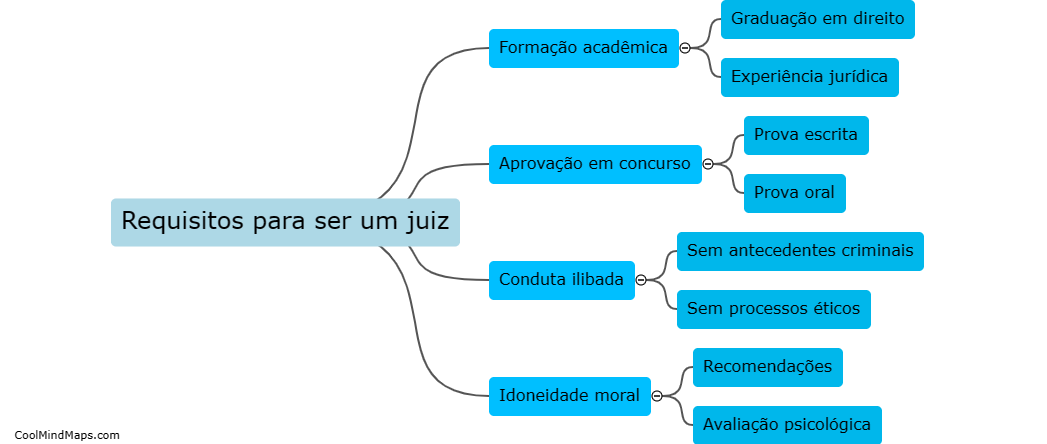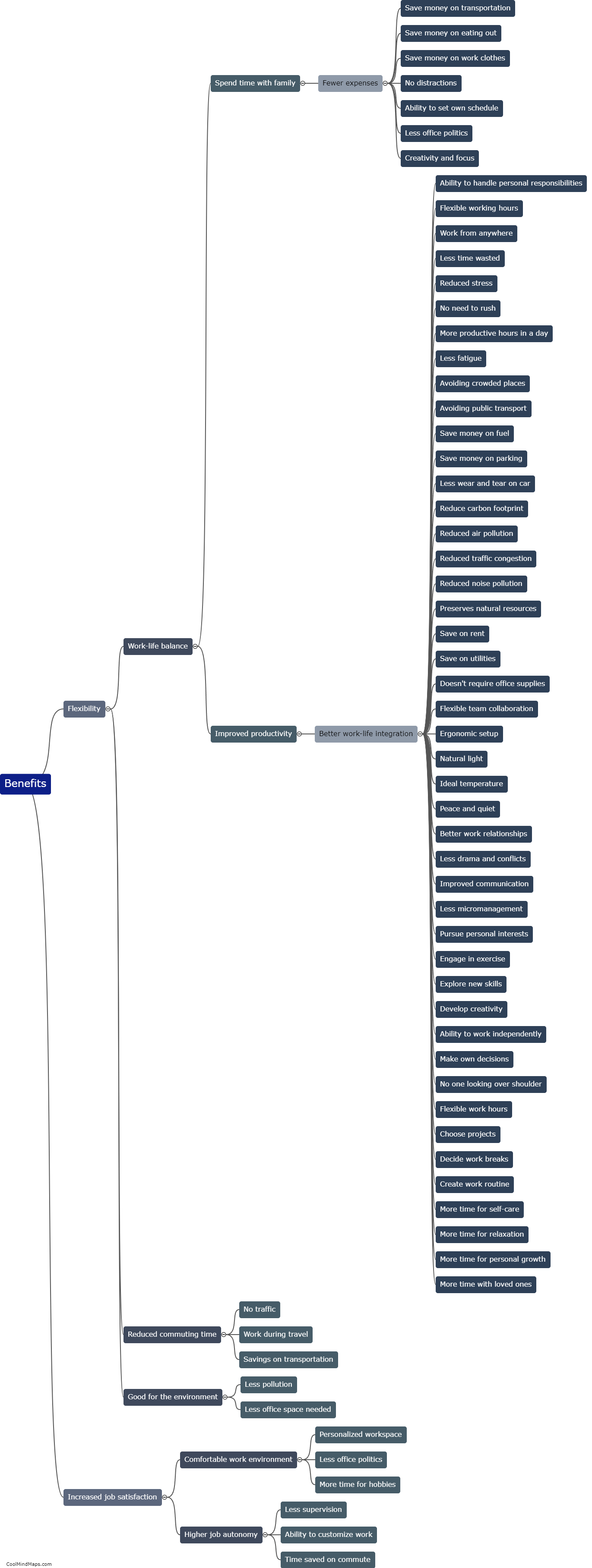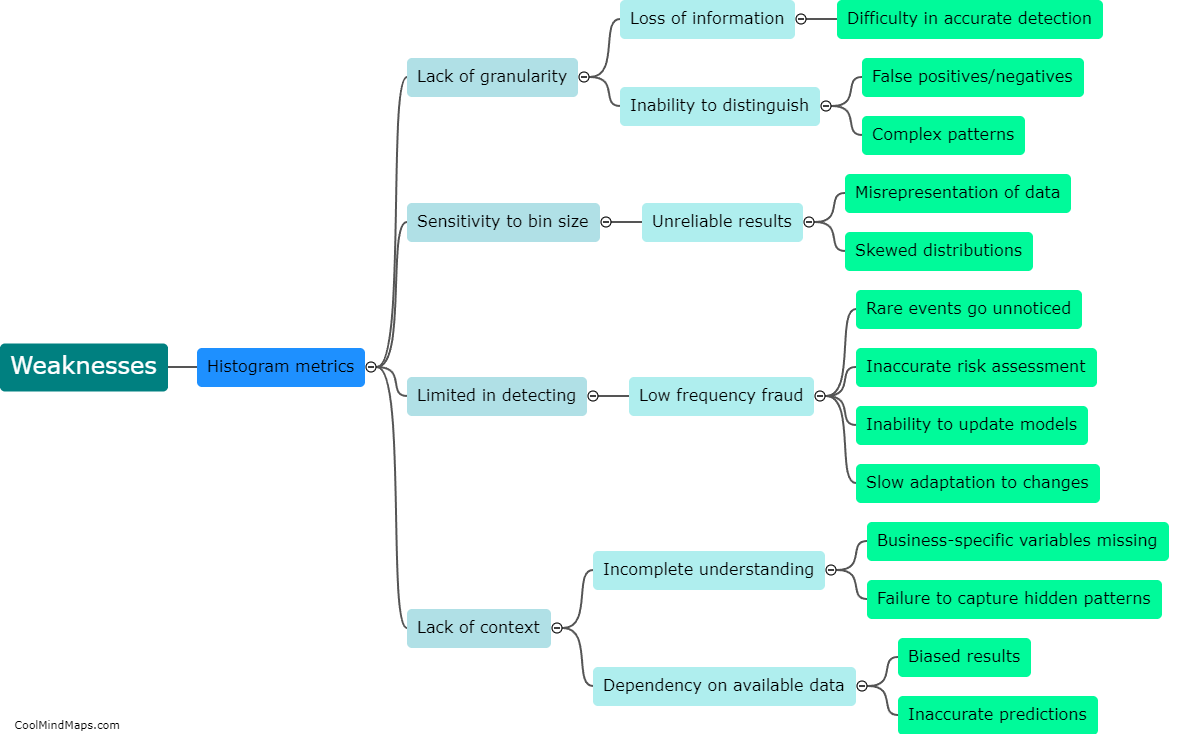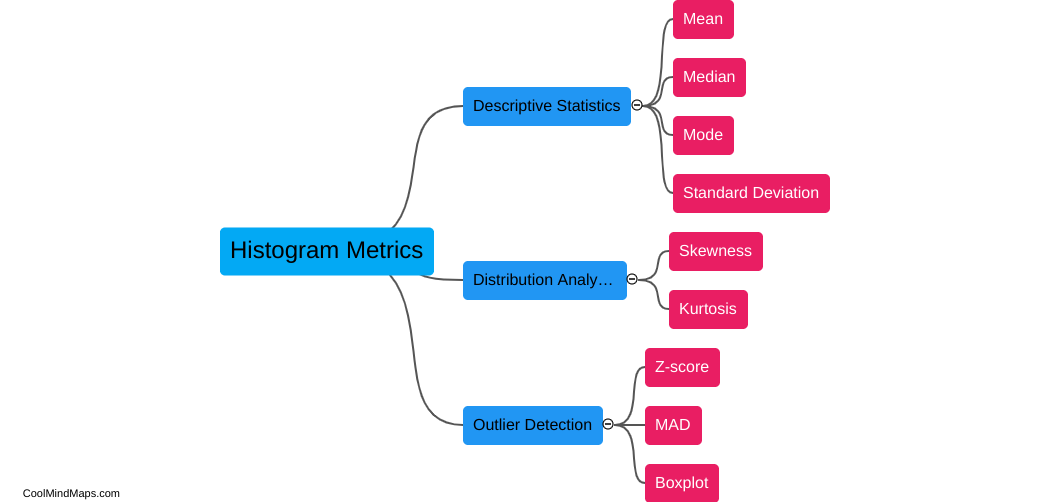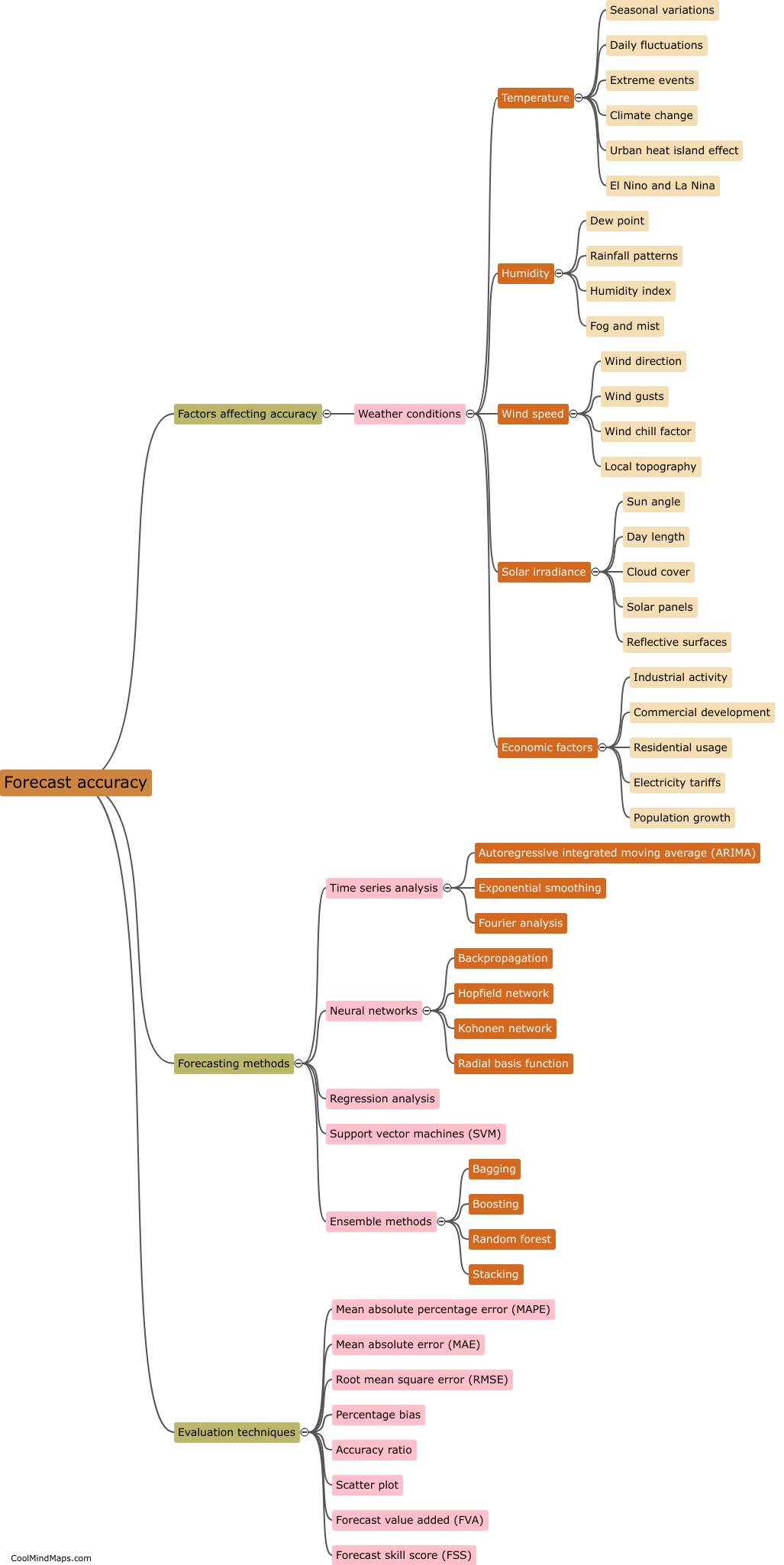How does each type of histogram metric contribute to fraud detection?
Histogram metrics are critical in fraud detection as they provide insights into the patterns and trends of data, enabling the detection of anomalies and fraudulent activities. Mean, for instance, measures the central tendency of a dataset, allowing analysts to identify if there are significantly higher or lower values than expected, indicating potential fraudulent behavior. Standard deviation helps to identify the dispersion of values from the mean, spotting extreme variations that might indicate irregularities or unusual patterns. Skewness measures the symmetry of the distribution, highlighting any asymmetrical patterns that could be linked to fraudulent activities. Kurtosis measures the distribution's tail behavior, identifying if there are extreme values present in the data, which may be indicative of fraudulent or anomalous behavior. In summary, each histogram metric contributes uniquely to fraud detection, helping analysts to identify abnormalities, deviations, and suspicious patterns, thus augmenting the overall effectiveness of fraud prevention.
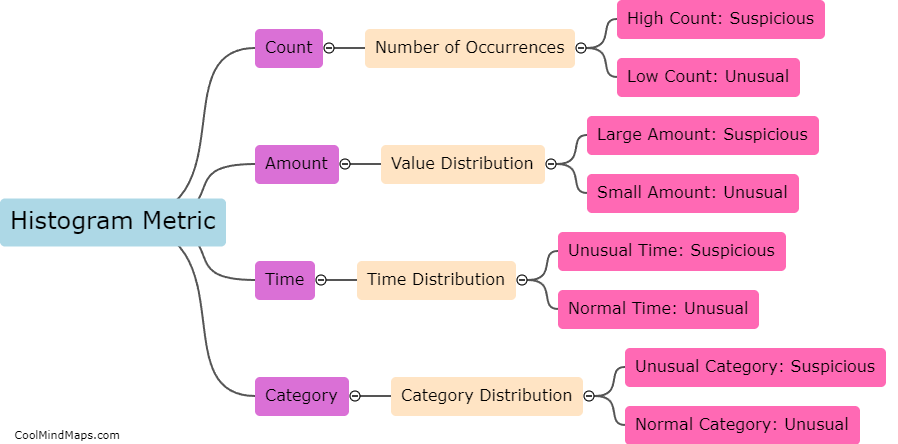
This mind map was published on 17 October 2023 and has been viewed 47 times.



